Specialities
Laparoscopy in Infertility
-
Hysteroscopy - It is a procedure which allows your doctor to look inside your uterus to diagnose or treat.
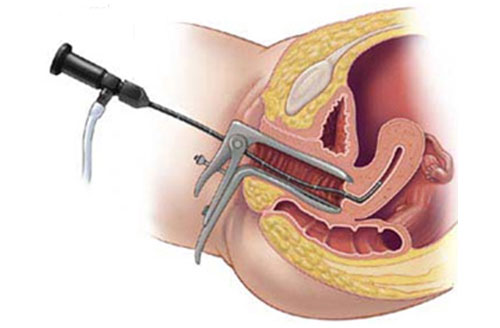

-
Polypectomy - Uterine polyp can be one of the reasons for infertility. It is usually a non-cancerous growth attached to the inner wall of the uterus.It is removed laparoscopically.
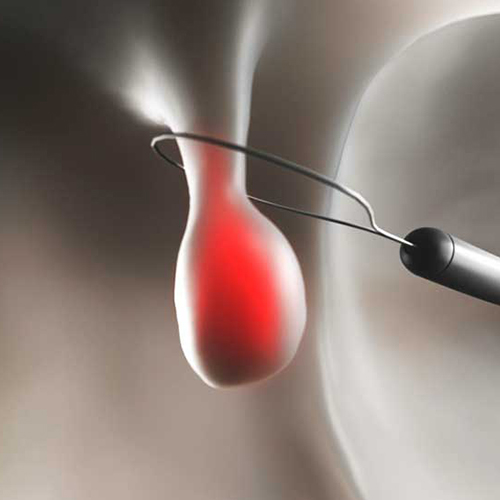

-
Myomectomy - It is removed of uterine fibroid. Laparoscopic Myomectomy allows your surgeon to remove your fibroid though several small incisions. It’s less invasive and recovery is faster than with abdominal Myomectomy.
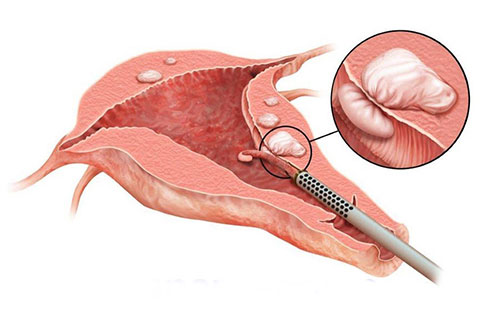

-
Ovarian Drilling - It is a surgical treatment that can trigger ovulation in women who have (PCOS). Electrocautery or laser is used for this. This surgery is not commonly used. But it can be an option for women who are still not ovulating after losing weight and trying fertility medicines.
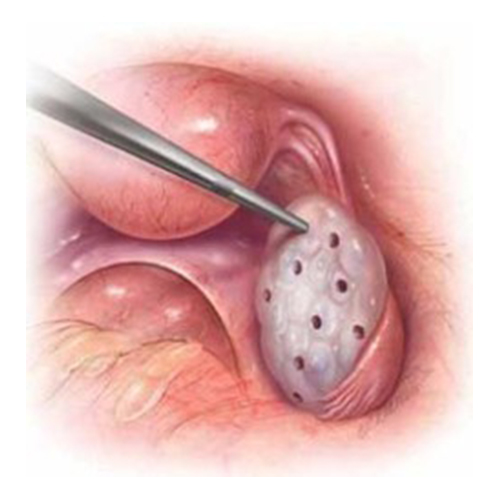
Benefit of Ovarian Drilling - It regulates hormone levels and improve ovulation and menstrual cycles increasing your chances of getting pregnant.

-
Cannulation for Tubal Block & Reconciliation of Fallopian Tubes - Fallopian tube obstruction is a major cause of female infertility. Blocked fallopian tubes are unable to let the ovum and the sperm converge, thus making fertilization impossible.
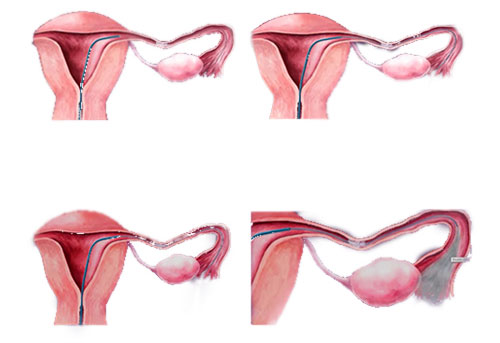
If your Fallopian tubes are blocked by small amounts of scar tissue or adhesions, your doctor can use laparoscopic surgery to remove the blockage and open the tubes.
Surgery to repair tubes damaged by ectopic pregnancy or infection may be an option. If a blockage is caused because part of the Fallopian tube is damaged, a surgeon can remove the damaged part and connect the two healthy parts.
The possibility of pregnancy - It's possible to get pregnant following treatment for blocked fallopian tubes. Your chances for pregnancy will depend on the treatment method and severity of the block. A successful pregnancy is more likely when the blockage is near the uterus. Success rates are lower if the blockage is at the end of the fallopian tube near the ovary.
The chance of getting pregnant after surgery for tubes damaged by and infection or ectopic pregnancy is small. It depends on how much of the tube must be removed and what part is removed.
- Septum Resection - A uterine septum is a form of a congenital malformation where the uterine cavity is partitioned by a longitudinal septum; the outside of the uterus has a normal typical shape.
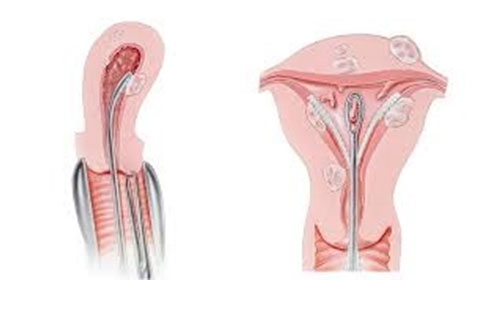
A septate uterus can be treated with a surgery called a metroplasty. The procedure is now carried out with a hysteroscopy. The hysteroscopic procedure allows for treatment to be done within the uterus without the need for an outer abdominal incision.
During a hysteroscopic metroplasty, a lighted instrument is inserted into the vagina, through the cervix and into the uterus. Another instrument is also inserted to cut away and remove the septum.
This technique is minimally invasive and usually takes about one hour. Women choosing to have a hysteroscopic metroplasty typically return home on the same day as the procedure.
After surgery, women with a history of recurrent miscarriage will go on to have a healthy future pregnancy. In women who had been previously unable to get pregnant, may be able to become pregnant after this procedure.
